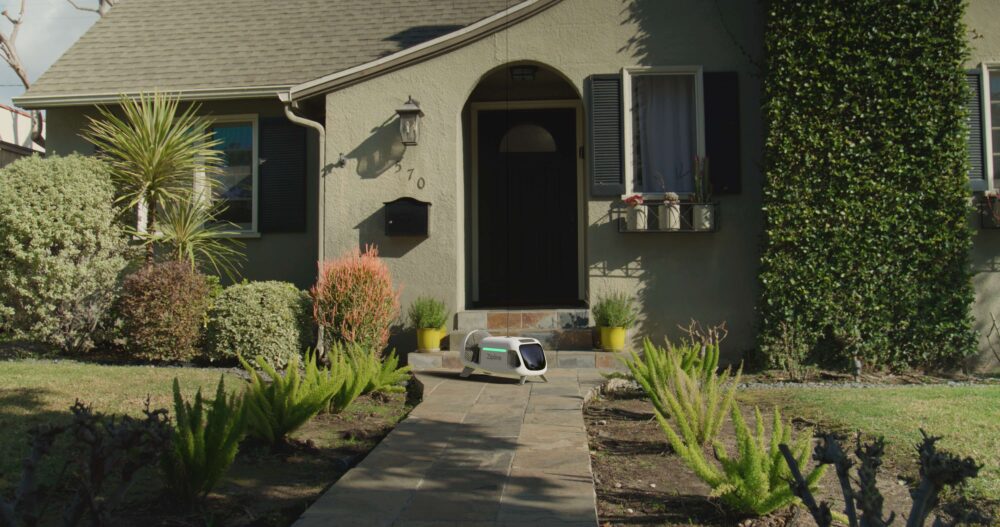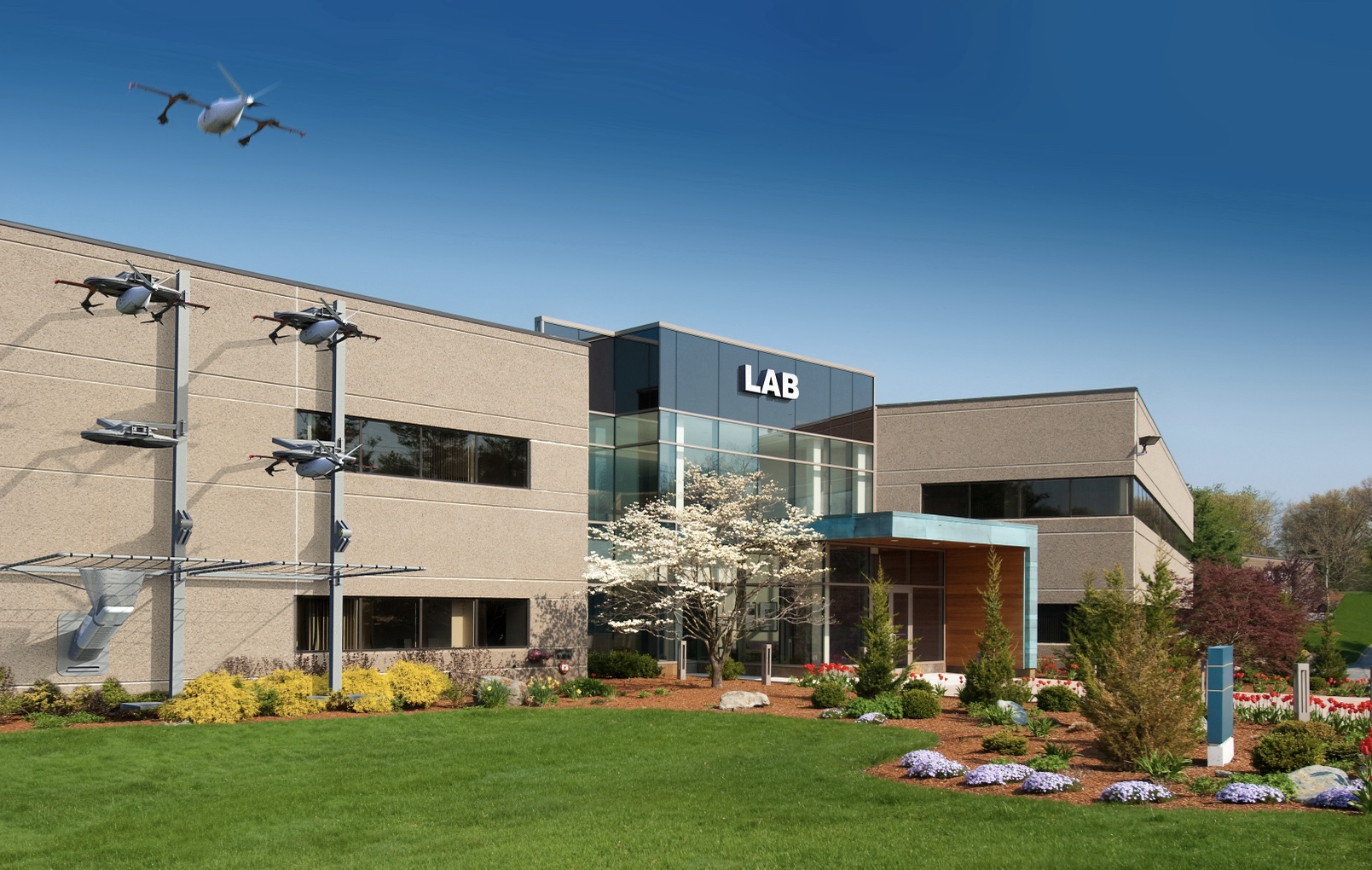By Matt Silverberg, Chief Commercial Officer, Life Couriers
I see a future where autonomous drones may play a critical role in healthcare. For example, imagine it’s 2044 and a middle-aged man has just had a heart attack in his home. When his wife calls 911, she learns an ambulance won’t arrive for at least 15 minutes due to rush hour traffic. She has no medical training and doesn’t know how to perform CPR. What will she do?
Fortunately, the 911 operator has another tool ready to deploy: an advanced network of emergency response drones. One is immediately dispatched from the nearest hospital and arrives at the patient’s home in a matter of minutes. Its advanced navigation capabilities—including GPS and visual recognition—locate not only the right address, but also the precise landing place (in this case, the back door).
In this future, the emergency response drone is equipped with a built-in AED (automated external defibrillator) and an AI (artificial intelligence) interface that gives the patient’s wife step-by-step instructions on how to correctly use the equipment and care for her husband until the ambulance arrives. The AI voice is clear and calming, reassuring her in one of the most stressful moments of her life.
When the emergency medical technicians finally arrive, they tell her that the prognosis is good—thanks in part to the right technology delivering the right equipment at the right time.
Sound like science fiction? Far from it: when I think about future possibilities in healthcare logistics, I believe this is a story not of “if,” but of “when.” And “when” is right around the corner. At Life Couriers, we’re dedicated to setting the standard of expectations in healthcare and life science logistics. We’re here not just to dream, but to turn those dreams into reality.
That means embracing new innovations such as drone technology and literally “getting there early,” as was the case in the narrative I just shared. And if that’s a possibility for drone delivery in the near future, what can the logistics industry do today to help us get there? And what are we doing at Life Couriers to lead the way? Let’s take a closer look.
Daring to be first in 2024
Now more than ever, the logistics industry has a responsibility to step up and serve urgent patient needs. I’ve said it many times before: even the most advanced therapy falls short if it isn’t delivered to the patient on time, every time.
That challenge is even greater today as more patients and their caregivers opt for in-home care. While the logistics industry has long-established delivery networks to hospitals and other traditional points of care, what about the millions of home addresses across the country (not to mention, around the world)? What can the logistics industry do to reimagine its approach and meet the moment?
The answer’s simple: skip the roads and take to the skies. The vision is for our U.S.-based subsidiary, Associated Couriers, to be the first to provide autonomous home delivery of essential therapies in America. So patients wouldn’t need to leave their homes and caregivers could stay at their side. In some cases, drones could deliver to patient homes in as few as 15 minutes, as part of a hub-and-spoke model with a 10-mile radius. Drones would also provide dock-to-dock service to hospitals and other points of care up to 24 miles away.
The way I see it, drones could soon be the next frontline of healthcare. And our goal is to get there first. I say that not to boast, but to prove what’s possible when the logistics industry sets its sights higher (literally).
Partnering with another pioneer 
To help us achieve what’s possible, in 2023 we partnered with Zipline, who designs, manufactures and operates the world’s largest drone delivery service. They work in seven countries across three continents, with more than one million deliveries made and 80+ million miles flown. Zipline is fast, precise and reliable: all the advantages we demand from a logistics partner.
To date, they have delivered around 12 million items to patients, caregivers, providers and payers. More than 4,000 hospitals and health centers count on Zipline’s lifesaving deliveries. The drones can fly 10 miles in 10 minutes and deliver safely in almost any weather.
Imagine the impact that Life Couriers and Zipline could have together as the number of drone deliveries in healthcare continues to grow. And we’ll do it while actually lowering our carbon footprint. The drones are fully electric, battery powered and 100% emission free.
The future is looking up
The “final mile” has always been one of the greatest barriers in life science logistics. In my opinion, innovations such as drone technology can help tear these barriers down—creating a fast and efficient path to reliable home delivery where none existed before.
And that’s the point. New demands in healthcare drive the need for bold new solutions. Settling for the status quo simply doesn’t work when lives hang in the balance.
Drones fit our vision for the future. Today, the vision is to deliver medications to patients’ homes. Tomorrow, we could be delivering a lifesaving AED—and more. We challenge the logistics industry to follow our lead.
